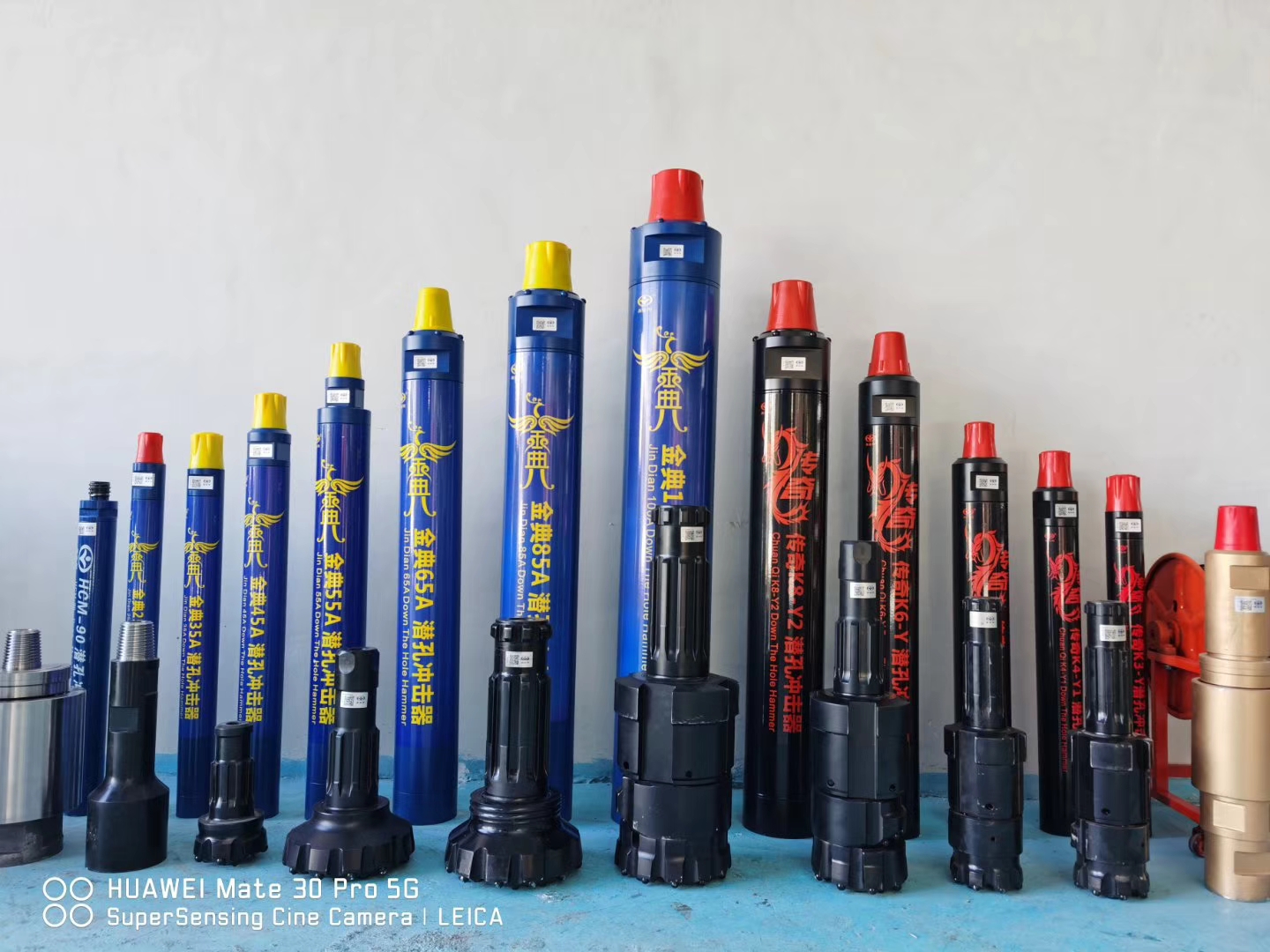The Basics of Drill Hammers in Drilling Rigs

In the realm of drilling rig operations, drill hammers play a crucial role. A drill hammer is an essential tool that is used to create holes in various materials, such as rock, soil, and concrete. It operates by delivering high – frequency impacts to the drill bit, which helps to break up the material being drilled.
The basic structure of a drill hammer typically consists of a piston, a cylinder, and a valve system. The piston is driven back and forth within the cylinder by compressed air or hydraulic pressure. When the piston strikes the drill bit, it transfers a significant amount of energy, causing the bit to penetrate the material. The valve system controls the flow of air or fluid to the piston, ensuring that the impacts are delivered at a consistent rate.
There are two main types of drill hammers commonly used in drilling rigs: pneumatic drill hammers and hydraulic drill hammers. Pneumatic drill hammers use compressed air as the power source. They are relatively lightweight and easy to operate, making them suitable for a wide range of applications. Hydraulic drill hammers, on the other hand, use hydraulic fluid to generate the impacts. They offer higher impact energy and are often used in more demanding drilling tasks, such as drilling through hard rock.
The performance of a drill hammer is influenced by several factors, including the impact energy, the frequency of impacts, and the efficiency of the power source. A higher impact energy allows the drill hammer to break through harder materials more easily. A higher frequency of impacts can increase the drilling speed, but it may also cause more wear and tear on the drill bit and the hammer itself. The efficiency of the power source, whether it’s compressed air or hydraulic fluid, affects the overall energy consumption and the operating costs of the drill hammer.
 Bohrinsel Bangxin
Bohrinsel Bangxin